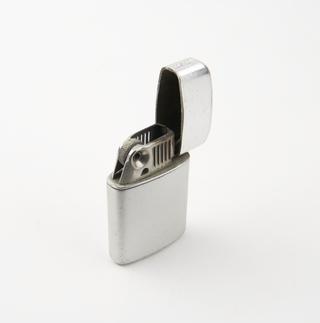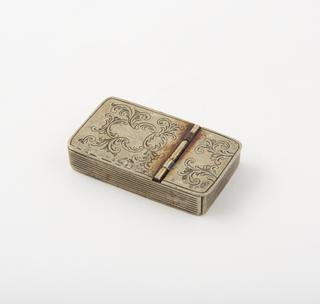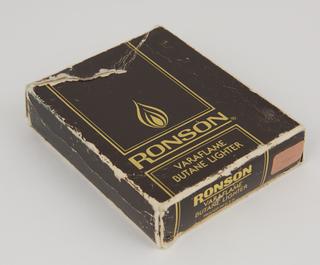Persian fire-steel
- Made:
- Iran
![[One of] Four Fire-steels (lengths from 4 1/2 to 3 3/4 ins);](https://coimages.sciencemuseumgroup.org.uk/448/190/medium_smg00210684.jpg)
Fire steel, not decorated, with a handhold formed of a long tapering tang as long as the steel, recurved to touch the back of the bottom of the steel where it ends in an enlargement representing the head of a stork-like bird, probably Persian or Indo-Persian and believed to be very old, one of 19 examples (nos. 487-505)
Humans have throughout history used different techniques and tools to create life-sustaining fires. One of the oldest and most widespread methods is by using tinder, flint, and steel. Sharp-edged flints are struck against a fire striker like this one, which causes hot, oxidising metal particles to split off and ignite tinder. Tinder is a fine material with the ability to combust quickly and often consists of amadou made from fungus, plant fibres, or artificial materials like paper strips and petroleum.
Fire-steels were invented with the ability to forge iron in the Iron Age. Found all over the world, they come in different shapes and forms, ranging from simple to elaborate designs. All have one feature in common – they are curved and shaped to fit the human hand.
This object is part of the Bryant and May fire-making collection, which used to be displayed in a private museum within the Bryant and May match-making factory’s offices. The collection comprises around 1200 objects, dating from the Stone Age to the early 20th century that illustrate the variety of tools and techniques humans across the world have used to create fires.
The collection was mostly acquired by the ornithologist and fire-making enthusiast Edward Bidwell and cared for by the collector Miller Christy. Bidwell collected between the late 19th and early 20th century – when Britain's colonial power was at its peak. Tracing the objects’ provenance is therefore difficult and part of the long and problematic history of colonial exploitation.
Details
- Category:
- Firemaking
- Object Number:
- 1937-682/501
- Materials:
- steel (metal)
- type:
- firesteels
- credit:
- Wilkinson Sword Ltd.




